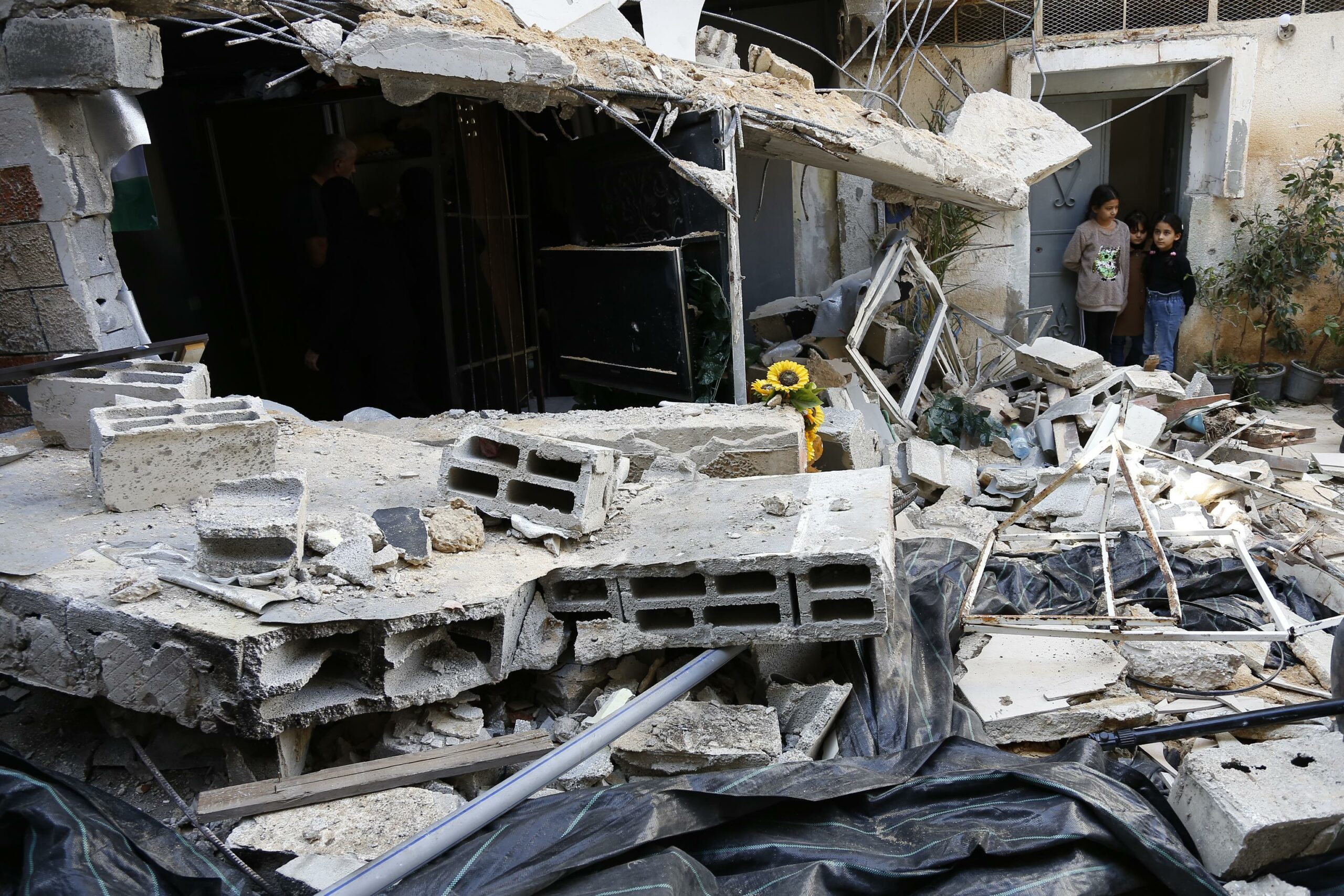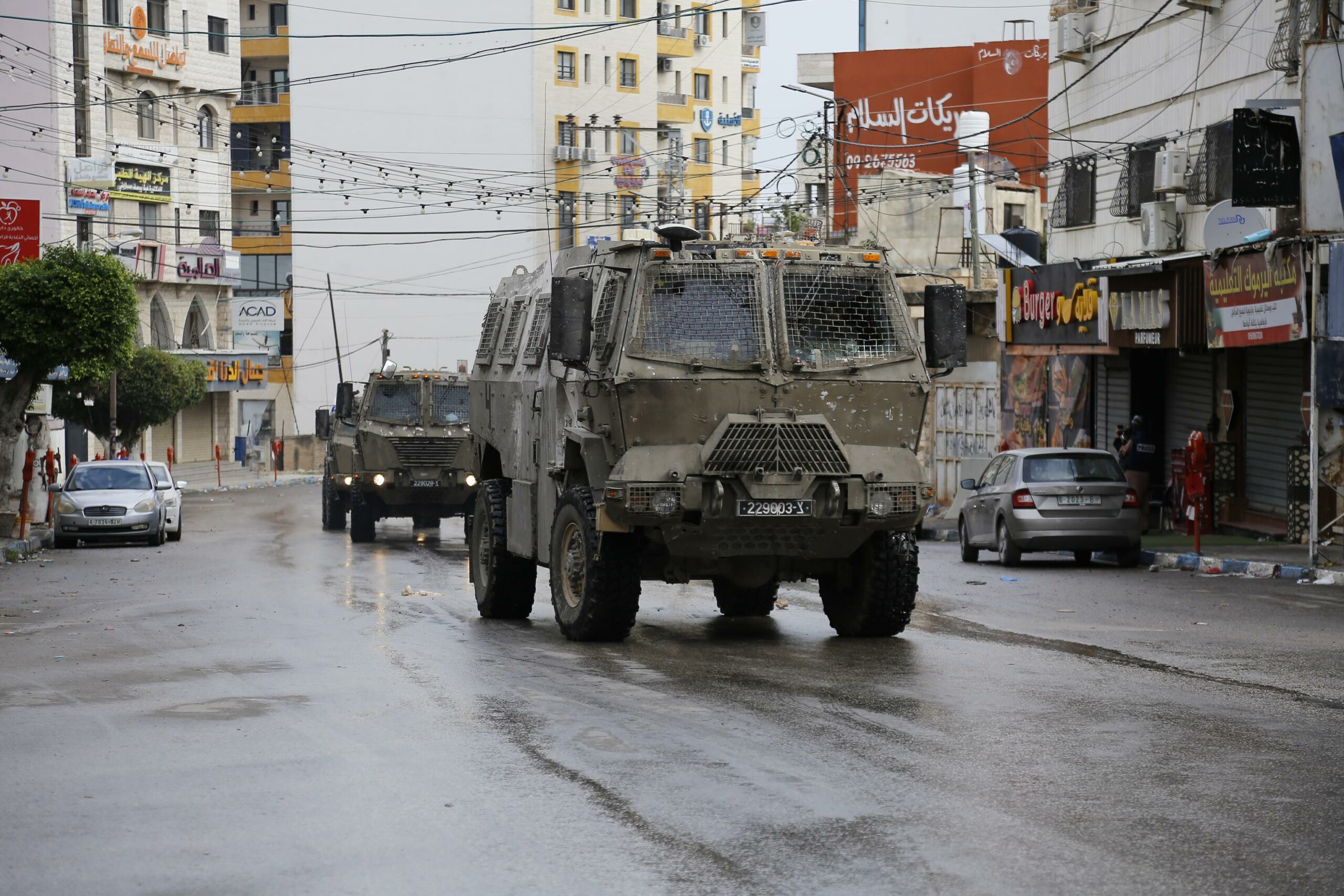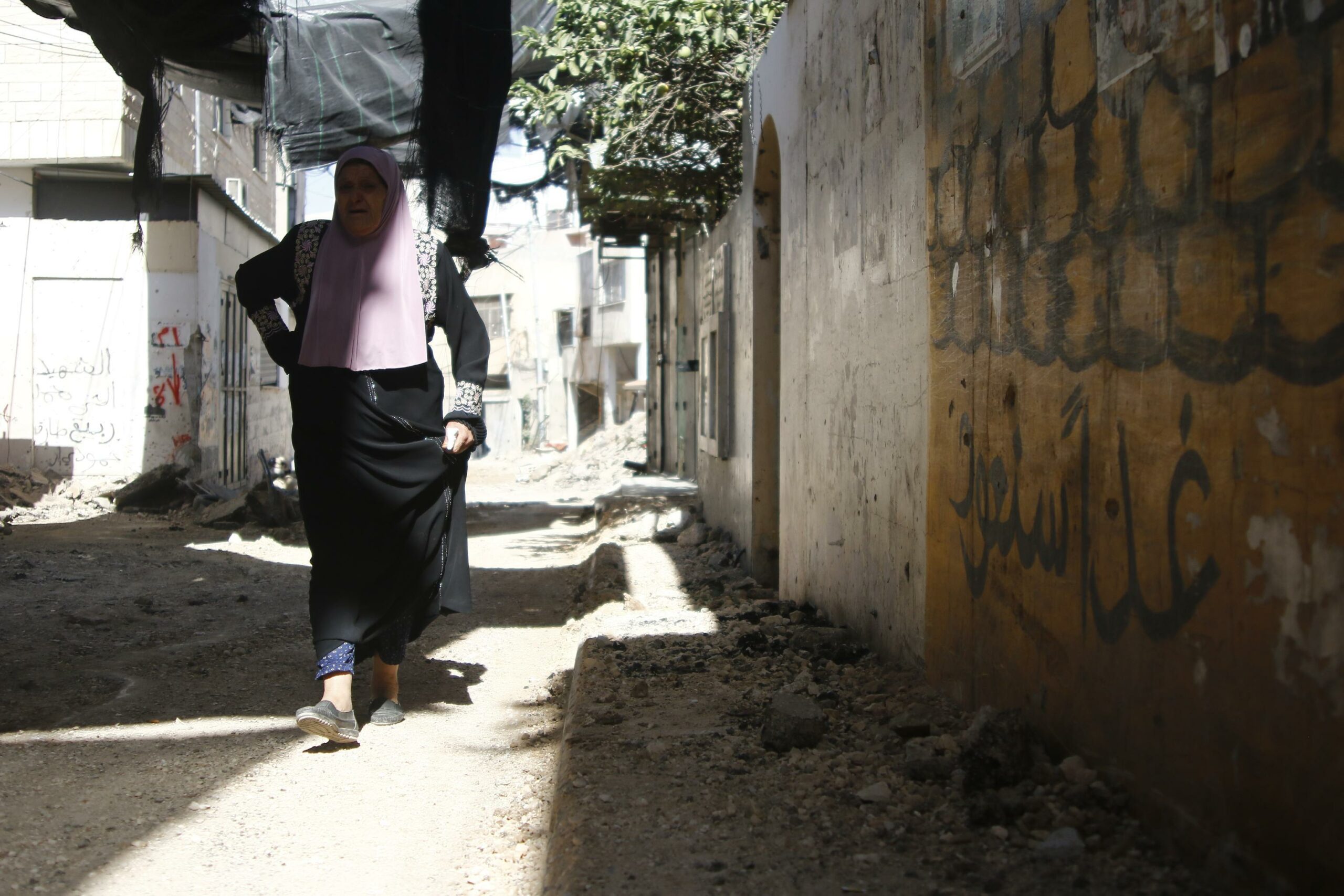Tag: Invasion
-

Endless war – Nur Shams refugee camp
By Diana Khwaelid 30 December 2023 | International Solidarity Movement | Tulkarm A new Israeli incursion into the Nur Shams refugee camp continues an endless war of destruction after destruction. On the night of Sunday December 30th dozens of military vehicles, including D9 bulldozers, stormed the city of Tulkarm and the Nur Shams refugee camp…
-

Another crime committed in Tulkarem camp by the Occupation Forces
14 November 2023 | International Solidarity Movement | Tulkarem By Diana Khwaelid Another crime perpetrated by the Israeli occupation in the Tulkarem refugee camp. The blood of the four Palestinians who were killed about a week ago had not yet dried up before the Israeli Occupation Forces committed a new crime that claimed the lives…
-

The Israeli occupation commits new massacres in Jenin Camp, killing 15 Palestinians
10 November 2023 | International Solidarity Movement | Jenin By Diana Khwaelid On Thursday morning Nov. 10th 2023, the Israeli occupation forces stormed the Jenin refugee camp in the northern West Bank. A military operation that lasted 24 hours was carried out by the Israeli Occupation Forces in the Jenin camp with the aim of…
